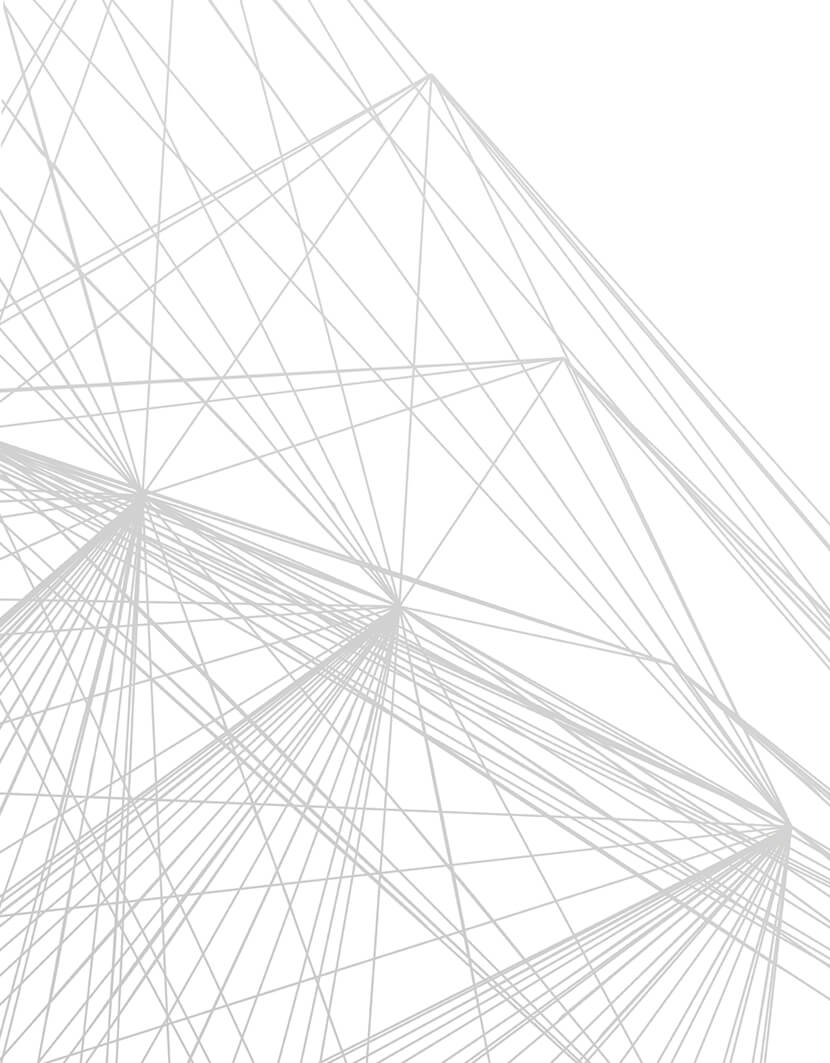Part One: Iconic Design versus Sustainability
Barrier: Iconic Design
While iconic design is universally sought after in new construction, it often presents itself as a barrier toward sustainability. Iconic buildings are created by their artistic shape and uniqueness. The challenge is adopting a sustainable strategy for that shape.
Opportunity: Optimized Building Massing / Orientation
A consensus among panelists on September 21, 2012 was the need for collaboration between architects and engineers to find a balance between iconic design and sustainability. The sooner this collaboration takes place, the better – i.e. at the start of any project planning and design.
Determining the overall shape and size of a building is known in the industry as building massing. Optimized building massing uses the size and shape to minimize energy loads and maximize free energy from the sun. I refer to this process of determining the building’s shape as “building morphology” – the study of morphing the building into this ideal shape for solar optimization. Ideal building orientation is along the east/west axis, exposing more exterior surface area to the north and south where the angles of the sun against windows are less direct and create more efficient environments.
Kingdom Tower
ESD’s ongoing project, Kingdom Tower in Jeddah, Saudi Arabia, demonstrates how collaboration between architecture and engineering can create sustainable design in iconic structures.
The shape of Kingdom Tower takes advantage of natural daylight while preventing strong and direct exposure to the sun. Each external wall of Kingdom Tower is angled; therefore, east/west exposure is slanted and blocks the direct exposure during crucial times throughout the day. However, the great height and high performance window surface area collects enough natural sunlight reducing artificial lighting requirement while minimizing thermal energy for an appropriate, balanced environment. The result of Kingdom Tower’s unique and calculated shape – an example of the collaboration we advocated for during this panel discussion – creates a visually distinctive and energy efficient structure.
